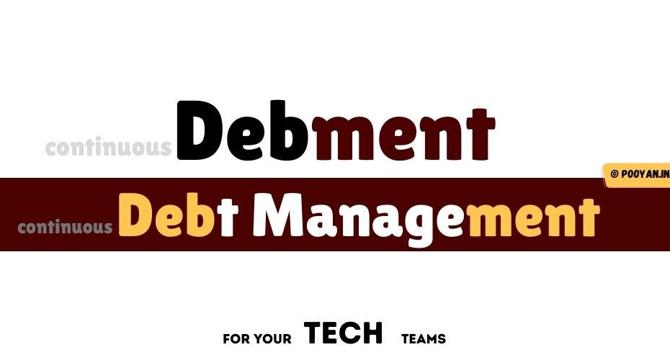Medium
1M
18

Image Credit: Medium
CI/CD2 & Continues Debment: How to deal with technical debt
- Technical debt in software development can arise from code, testing, architecture, tooling, inefficient processes, knowledge gaps, and more.
- Misunderstandings around Scrum and Lean methodologies can lead to technical debt accumulation, hampering project success.
- Issues such as short-term thinking, overemphasis on features, lack of testing and refactoring, absence of standards, and poor documentation contribute to technical debt.
- Separation between business and development, lack of trust, and reactive mindset also impact technical debt management negatively.
- Ignoring technical debt can result in project slowdown, loss of reputation, customer dissatisfaction, and potential business failure.
- Approaches to addressing technical debt include cleanup sprints, sunsetting projects, and incremental refactoring, with the latter being the most effective.
- Continuous Debment (CD2) integrates debt management into daily tech processes by emphasizing proactive debt reviews, incremental refactoring, and team ownership.
- Measuring the effects of technical debt through metrics like time to deliver features, system performance, employee turnover, and customer satisfaction can help in understanding its impact.
- Managing technical debt involves trusting the team, integrating debt management into daily development, enforcing coding standards, and continuously evaluating and addressing debt.
- CI/CD2 is highlighted as a mindset rather than a tool, emphasizing the importance of incorporating technical debt management into everyday development practices for project sustainability.
Read Full Article
1 Like
For uninterrupted reading, download the app